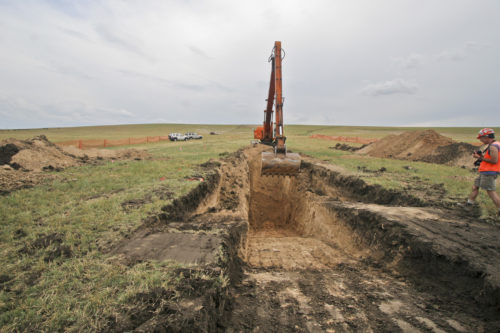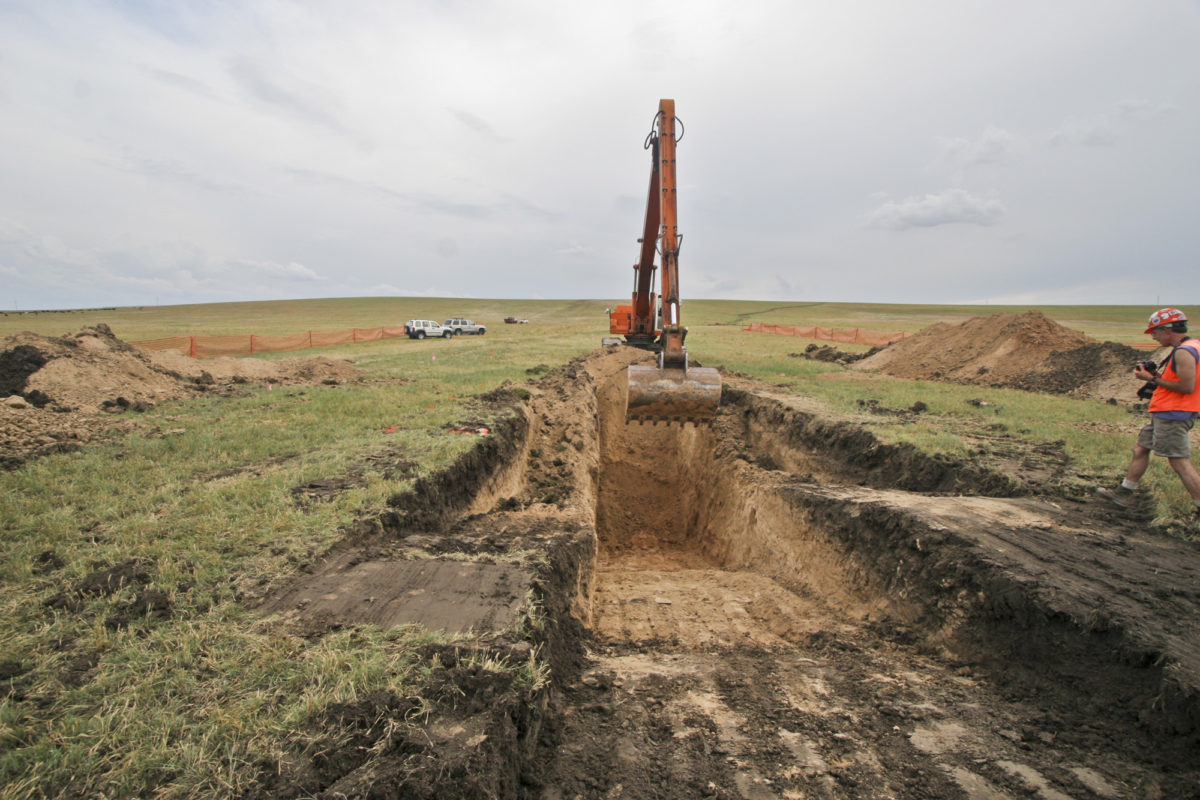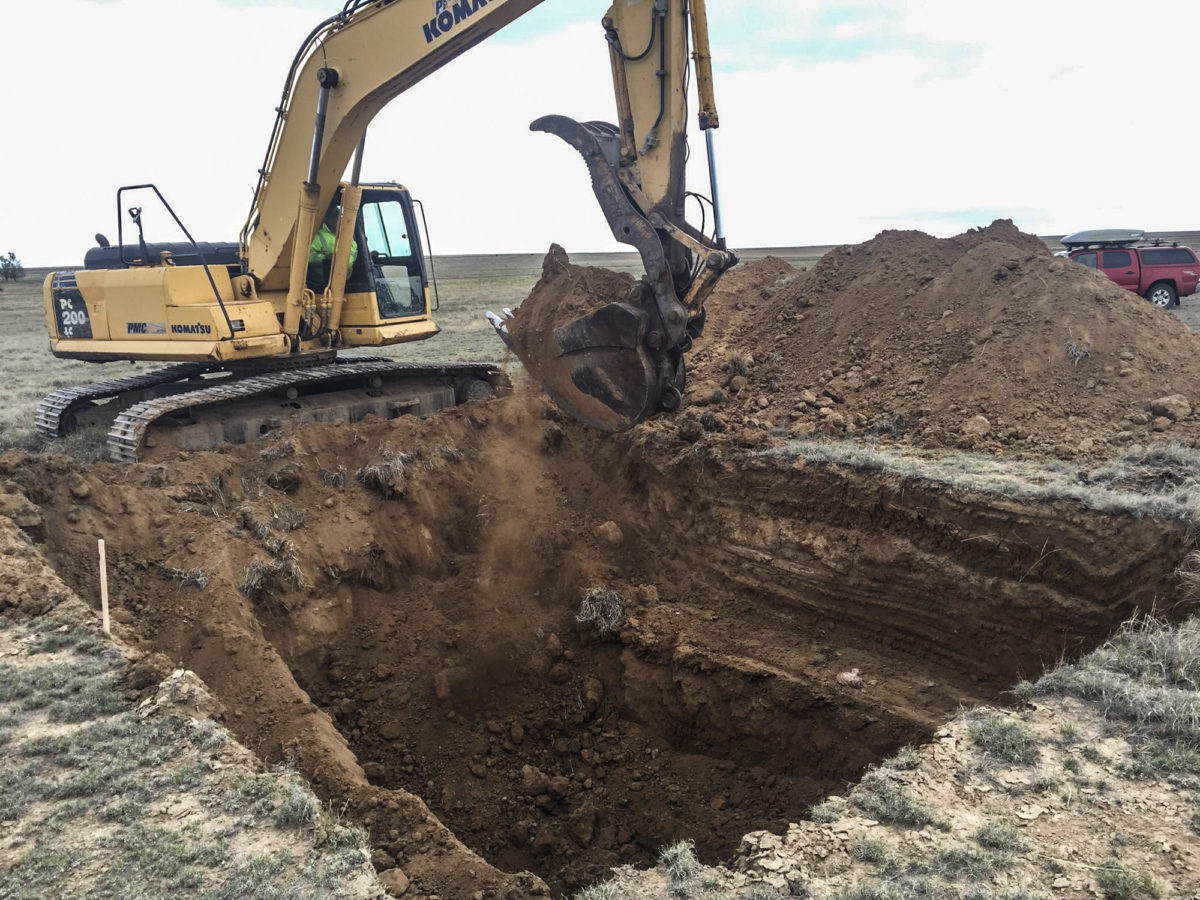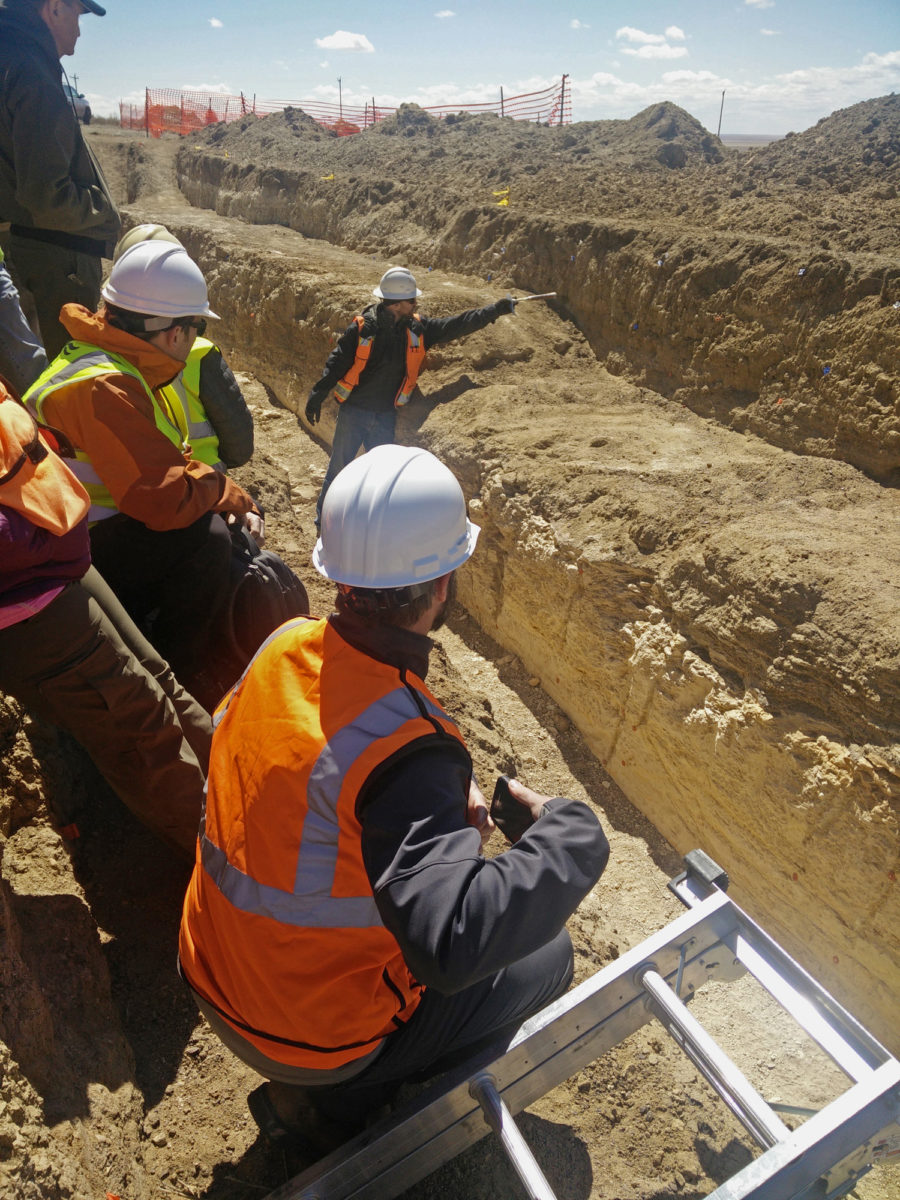We study the past to understand the present; we understand the present to guide the future. — William Lund

Paleoseismology
Earthquakes are caused by movement on faults. It is important to understand the past behavior of faults in Colorado in order to understand what future hazard. Paleoseismicity is the discipline of trying to determine the past movement behavior of faults.
To understand the earthquake hazard in an area, one must know what the earthquake history has been. Because the interval between large earthquakes on any given fault is often in the neighborhood of hundreds or even thousands of years, it is necessary to study when large earthquakes have occurred on the faults themselves. These studies of faults fall under the category of paleoseismicity, or the study of ancient earthquakes.
By studying the geologic characteristics of faults, geoscientists can often determine when the fault last moved and estimate the magnitude of the earthquake that produced the last movement. In some cases, it is possible to evaluate how frequently large earthquakes occurred on a specific fault during the recent geological past.





Sackungen are a special category of faults that disrupt the ground surface and are typically found in glaciated, alpine regions near the crest of a mountain range. They are not interpreted to extend very deep into the crust and are probably not capable of generating earthquakes. However, they can potentially yield information on past earthquakes on nearby faults, and so, are the object of research here in Colorado.
A sackung structure can be a trench (small-scale graben) or an upslope-facing scarp. Their origin is interpreted to be a result of post-glacial, gravitational spreading of the ridge crest and over-steepened ridge flanks. The plural of this German word is sackungen.
